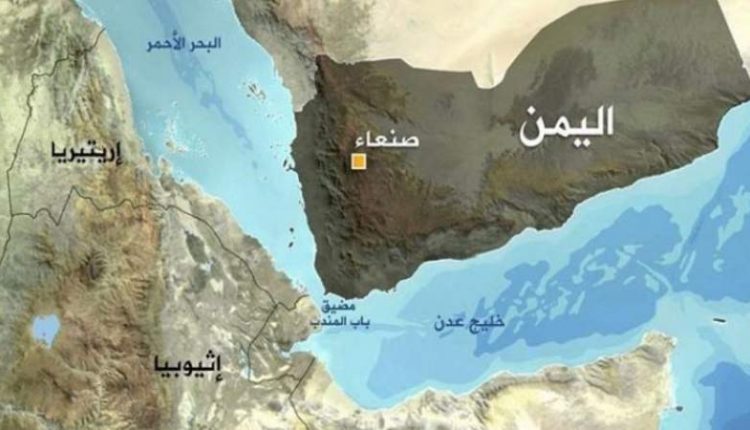Why Does the United States Obstruct Finding an End to Saudi Aggression Against Yemen?
In a speech that unveiled many revelations about the status of the ongoing talks between Sana’a and Riyadh.. the leader of the Yemeni revolution, Sayyed Abdulmalik Al-Houthi, explained to the Yemeni people and the world the nature of what is going on behind the scenes.
During a speech he delivered on the anniversary of the martyrdom of President Al-Sammad, the leader of the Yemeni revolution revealed a dangerous role that the United States is now playing to obstruct the course of any understandings between Sana’a and Riyadh.
He announced that Washington is pushing the coalition to shirk commitments that may be agreed upon by the two sides of Sana’a and Riyadh, by showing the battle as an internal civil war, and forgetting the role played by Saudi Arabia by leading the coalition and mobilizing armies against Yemen.
The US’s role obstructing the agreement between Sanaa and Riyadh is linked to its ambitions to control the Bab al-Mandab Strait and the islands of Yemen in the Red Sea and the Arabian Sea, which was confirmed by Sayyed Abdulmalik al-Houthi by saying that “the Americans are playing their game in the issue of the withdrawal of foreign forces from the country and trying to be make this step postponed indefinitely.”
He stressed that Yemen “cannot accept the continuation of the occupation and the presence of foreign forces in any Yemeni governorate or island, and that this is a fundamental issue for us.”
Washington’s efforts to control the maritime navigation routes in the Bab al-Mandab and the islands of Yemen in the Red Sea and the Arabian Sea, since the launch of the aggression, have been a focus of American officials.
Among those statements is the confession of the former commander of the American forces in the central region, John McKenzie, in an interview with Al-Jazeera channel in May 2022. He said that the United States is in full coordination with the UAE regarding the establishment of the military base on the Yemeni island of Mayon, located at the entrance to Bab al-Mandab.
While an official at the US State Department said in press statements that the withdrawal of foreign forces will not include all Yemeni regions.
During the past two years, the United States has worked to establish military alliances in the Red Sea under the pretext of “protecting the maritime navigation routes,” without the navigation routes in the Red Sea having been subjected to any operations that disturb the safe passage of civilian ships, despite the fierce war the country is going through.
The US fabricats pretexts to impose the US military presence in the Red Sea, however Sana’a nullifies the American justifications for creating a state of anxiety in the navigation traffic in the Red Sea by not carrying out any operation there.
It seems that Washington’s efforts to control the Bab al-Mandab and the islands of Yemen in the Red and Arab Bahrain have increased in light of the decline of American economic hegemony in the world, in light of the commercial competition facing the United States from China.
This doubled the desires of the Americans to occupy international trade corridors, with the aim of suffocating the accelerated economic growth of China and the rest of the international competitors, which makes the issue of continuing the war and impeding any chances of peace between Sana’a and Riyadh extremely important for the United States.
It seems that Washington will not miss the opportunity for the war that it sponsored with all its capabilities, without imposing its presence in the islands and coasts of Yemen.
However, Washington’s plans collided with the firmness and refusal of Sana’a, which is reaffirming, in the words of Sayyed Abdulmalik al-Houthi, that there is no peace without the departure of foreign forces from all of Yemen, the lifting of the siege, the cessation of war, and the payment of compensation.

